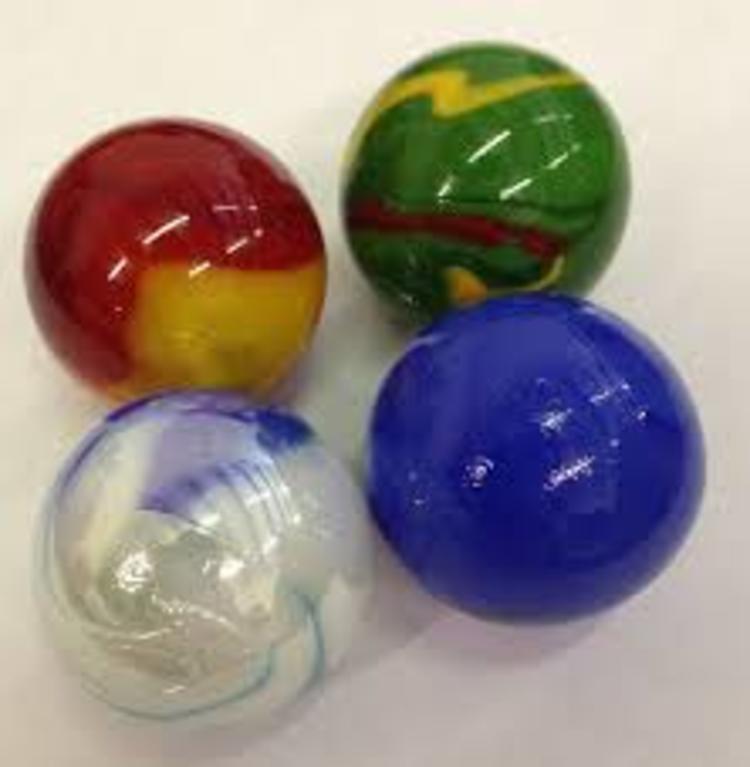Knotty Marble Probability
 Satvik, Agnishom and Aditya each have a bag containing
differently colored marbles. Each bag contains the same four colours. Now they play a game,
Satvik, Agnishom and Aditya each have a bag containing
differently colored marbles. Each bag contains the same four colours. Now they play a game,
First, Satvik picks one marble at random from each of Agnishom and Aditya's bag and places them in his own bag.
Next, Agnishom picks one marble at random from each of Satvik and Aditya's bag and places them in his own bag.
Finally, Aditya picks one marble at random from each of Satvik and Agnishom's bag and places them in his own bag.
At the end of the process, they open their bags and are thrilled to see that each bag contains differently coloured marbles !
The probability of this event occurring can be expressed as where and are positive co-prime integers.
Find
The answer is 161.
This section requires Javascript.
You are seeing this because something didn't load right. We suggest you, (a) try
refreshing the page, (b) enabling javascript if it is disabled on your browser and,
finally, (c)
loading the
non-javascript version of this page
. We're sorry about the hassle.
When Aditya takes at the end, the other two MUST have 2 same and 3 different marbles. And Aditya must pick one of the 2 same marble pair from both of them with 5 2 × 5 2 = 2 5 4 chance.
This is common and must be multiplied at the end to all possible scenarios.
( A ) Satvik picks same colour from both with 4 1 chance. Now he has 3 same and 3 different marbles.
Agnishom must pick one of the 3 same with 6 3 chance and can pick any colour from Aditya.
So its 4 1 × 6 3 = 8 1 chance.
( B ) Satvik picks different coloured marbles from both with 4 3 chance. Now he has 2 same, 2 same and 2 different marbles.
Agnishom must pick from either of the 2 sames.
( 1 ) If Agnishom picks the colour he needs to make it 4 differently coloured marbles from Satvik with 6 2 chance, then he can pick any colour from Aditya.
So its 4 3 × 6 2 = 4 1 chance.
( 2 ) If Agnishom picks a colour from Satvik that he already has with a 6 2 chance, then he must pick the colour he lacks from Aditya with 3 1 chance.
So its 4 3 × 6 2 × 3 1 = 1 2 1 chance.
Adding 8 1 + 4 1 + 1 2 1 = 2 4 1 1
Multiplying this by Aditya's chance we get probability of the event as
2 4 1 1 × 2 5 4 = 1 5 0 1 1